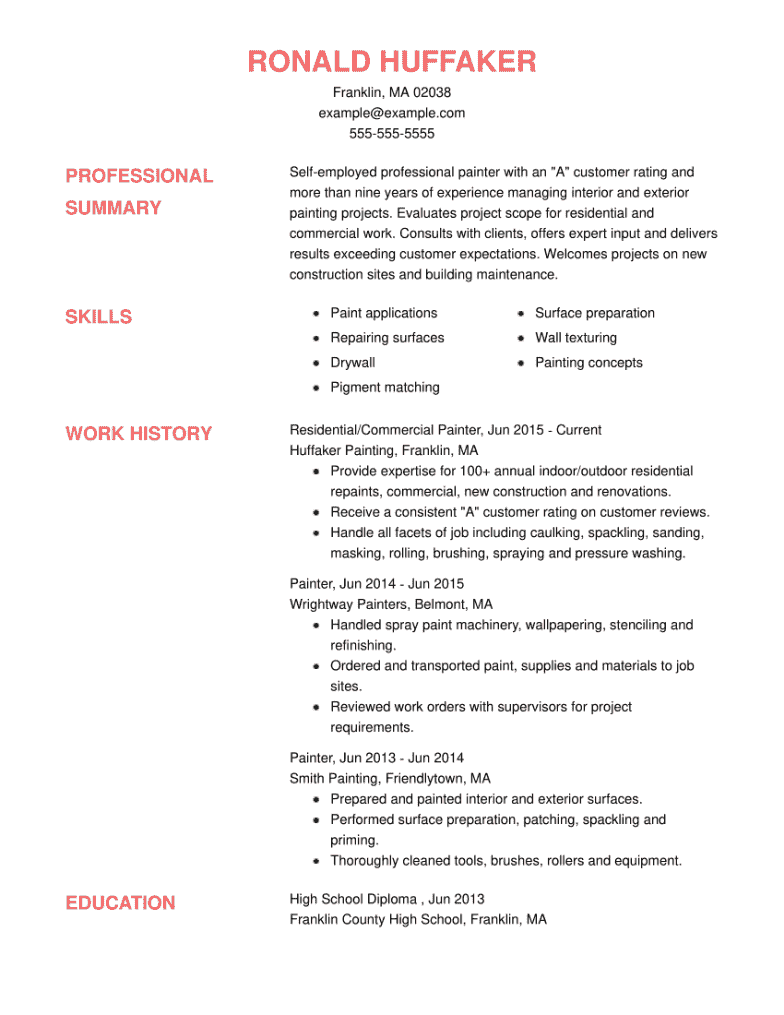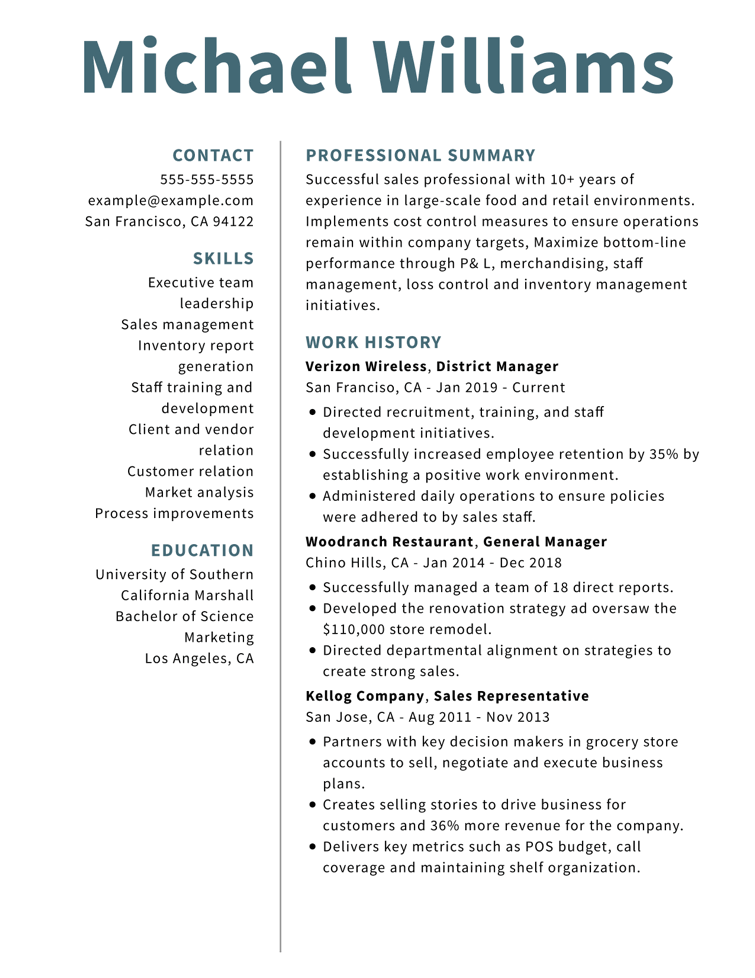Top self-employed CV examples and tips for writing you CV
Writing a CV if you’re self-employed doesn’t have to be a daunting task. Use these tips to prove how your experiences and skills match what the employer needs.
Writing a CV if you’re self-employed doesn’t have to be a daunting task. Use these tips to prove how your experiences and skills match what the employer needs.





OUR USERS HAVE BEEN HIRED BY



Even if you have self-employment experience, you may decide that you want to move back into a more traditional job field. This means going through the job search process and writing a new CV and cover letter to include your self-employed experience. Here’s what you need to know about adding self-employment to a CV.
Personal statement or CV summary
Skills
Work experience
Education
Major projects, publications, or credits
This term doesn’t have a single definition. Generally, it just means you set your own hours, don’t receive benefits from a company, and usually get paid by the hour or using another method of determining payment, such as by the word for freelance writers. Remember that as a self-employed person, you still have a job title. Because “self-employed” covers such a wide array of jobs, one top piece of career advice is to use a job title that best explains the work you specialise in.
It can be, but it also doesn’t have to be. Self-employed work experience can be extremely unique, or it can be almost identical to the work experience of someone who isn’t self-employed. Your best bet will always be to use a CV template to show off the achievements you earned while working for yourself. Talk about the skills you developed and the job requirements you had as a self-employed individual.
“Entrepreneur” is the most common term that you’ll see people use. Include the business name as well. A potential employer will likely look up your business to see what happened with it, and they will almost always ask why you left. When you use the CVHelp CV builder to create your freelance CV, you can also input different job titles related to your field so that you can start creating your CV.
We personalize your experience.
We use cookies in our website to ensure we give you the best experience, get to know our users and deliver better marketing. For this purpose, we may share the information collected with third parties. By clicking “Allow cookies” you give us your consent to use all cookies. If you prefer to manage your cookies click on the “Manage cookies” link below.